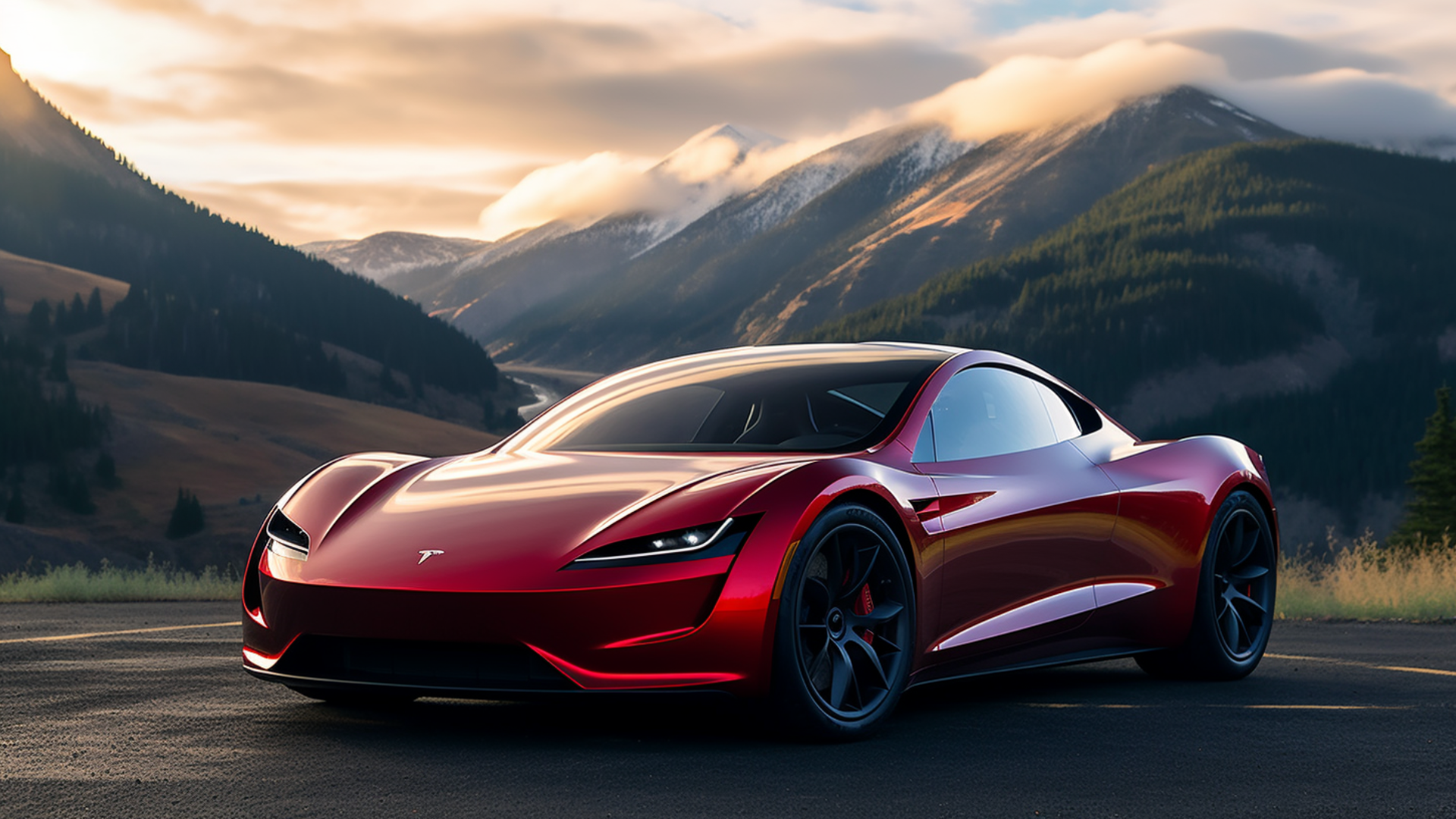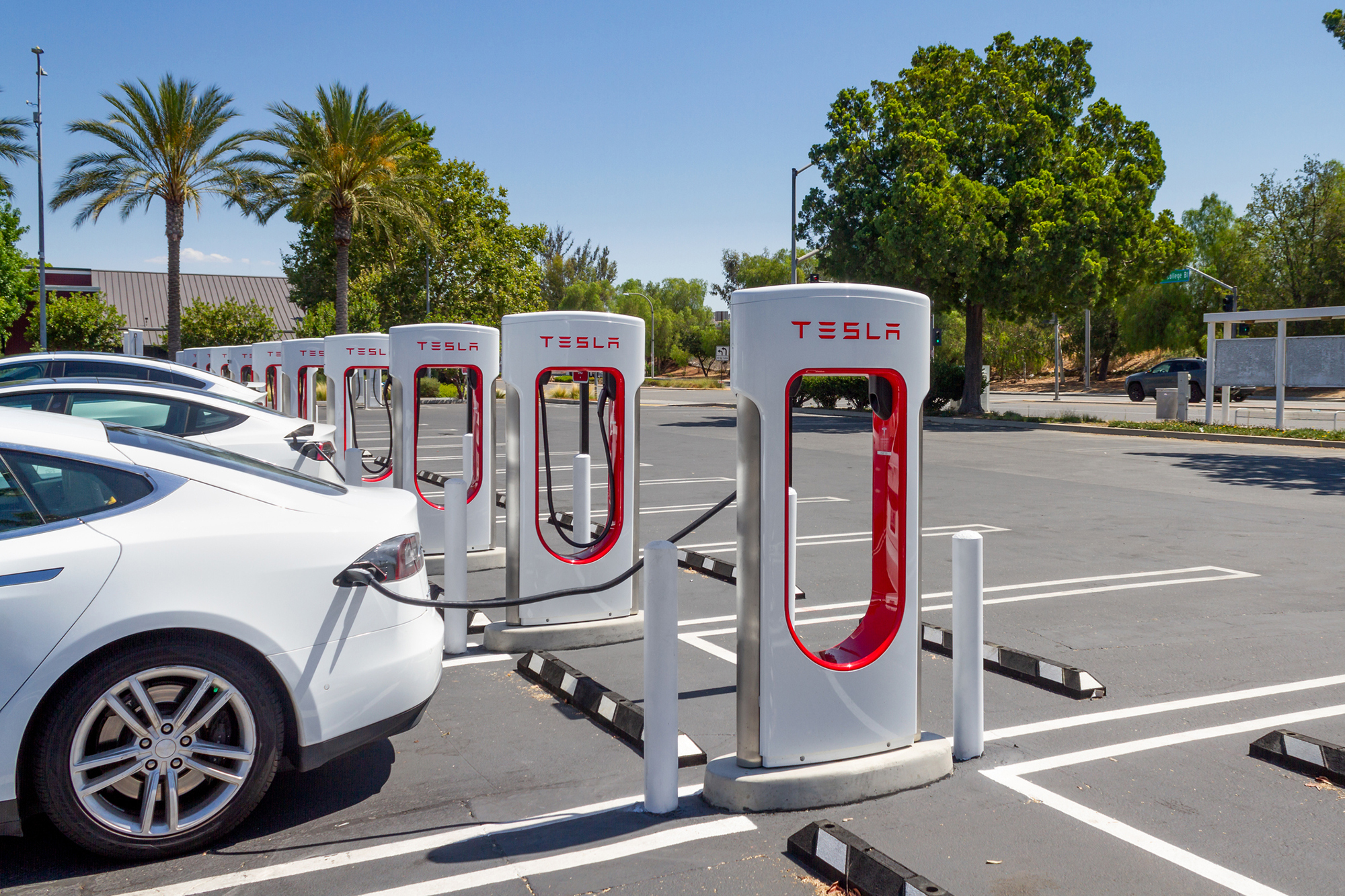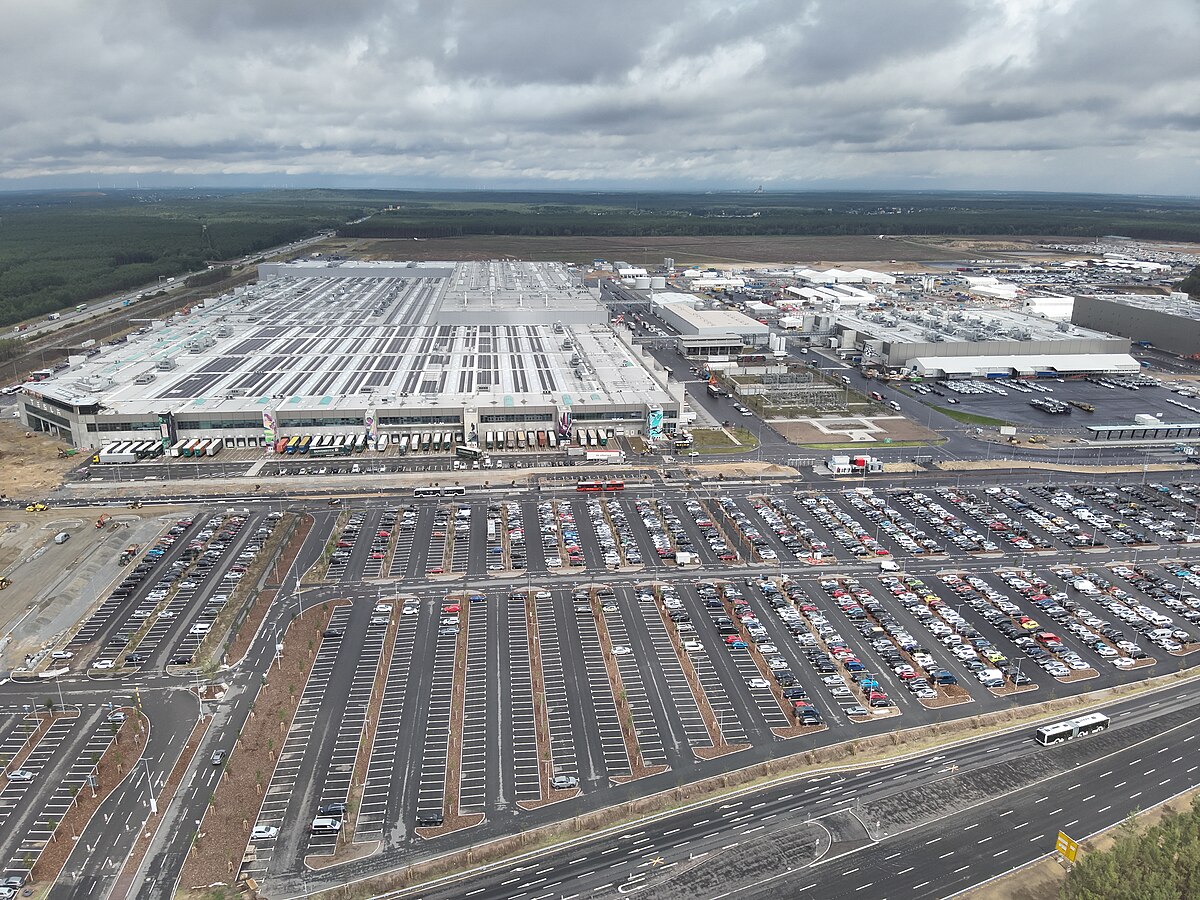Tesla has revolutionized not just the electric vehicle (EV) market but also the way cars are sold. One of the most distinctive aspects of Tesla’s business strategy is its direct-to-consumer (DTC) sales model, bypassing traditional dealerships in favor of selling cars directly through its own network of stores and online. This approach has disrupted the automotive sales landscape globally, including in the European Union (EU). As Tesla continues to expand its footprint in Europe, its DTC model presents unique opportunities and challenges for both consumers and the automotive industry.
In this post, we’ll explore the impact of Tesla’s direct-to-consumer sales model on the EU market and how it is reshaping the car-buying experience and competitive landscape.
1. Tesla’s Direct-to-Consumer Model: A Digital-First Approach

Unlike traditional automakers, which rely on third-party dealerships to sell their vehicles, Tesla has chosen a fully integrated sales model. Customers can visit Tesla showrooms or simply order a vehicle online via the company’s website or app, often with minimal in-person interaction. This digital-first approach has been a key differentiator for Tesla, emphasizing convenience and control for consumers.
Key Benefits of Tesla’s DTC Model:
- Streamlined Buying Process: Tesla offers a simplified and transparent purchasing experience, eliminating the need for negotiating prices with dealers. The price you see on Tesla’s website is the price you pay, creating a no-hassle, user-friendly buying process.
- Customization and Delivery: Tesla allows consumers to customize their vehicle online, track their order status, and have the vehicle delivered directly to their home or picked up from a Tesla service center. This approach aligns well with the growing trend of online shopping, which became even more prominent during the COVID-19 pandemic.
- Over-the-Air Updates: Tesla’s DTC model also supports their unique service ecosystem, including over-the-air software updates that enhance vehicle performance and features post-purchase without the need for traditional service visits.
2. The European Regulatory Landscape: Challenges and Opportunities

The EU has strict regulations regarding car sales, often requiring automakers to work with third-party dealerships for distribution. Tesla’s direct-to-consumer model, which bypasses these third-party dealers, has faced resistance in some European countries. For instance, laws in Germany and France require automakers to work with independent dealerships, creating barriers for Tesla to implement its model across the continent.
However, Tesla has been able to work within EU regulations by focusing on markets with more flexible frameworks or negotiating legal permissions in key regions. As a result, Tesla has established a significant presence in countries like Norway, the Netherlands, and the UK, where its DTC model has been warmly received.
Regulatory Challenges:
- Dealer Franchise Laws: In some EU countries, automakers are required to partner with independent dealers, which can limit Tesla’s ability to operate freely under its preferred model.
- Consumer Protection Regulations: Tesla must comply with stringent EU consumer protection laws, such as the right to withdraw from online purchases, which necessitates clear communication and customer service processes for returns or changes in vehicle orders.
3. Consumer Experience: Transparency and Empowerment

Tesla’s direct sales model empowers consumers by giving them more control over the purchasing process. Traditional car buying often involves intermediaries—dealerships that negotiate prices, upsell add-ons, and manage financing options. Tesla’s online-first model removes these intermediaries, providing several distinct advantages for European consumers:
- Transparency: Tesla’s fixed pricing model is one of the most attractive features for EU buyers. It eliminates the haggling and opaque pricing structures typically associated with dealership purchases.
- Digital Convenience: Buyers can browse Tesla’s full vehicle lineup, compare models, and configure their cars from the comfort of their homes. This digital-first strategy aligns with European consumers’ increasing preference for online shopping.
- Access to Information: Through Tesla’s online portal, customers can easily access in-depth details about vehicle specifications, financing options, and environmental benefits, leading to more informed purchasing decisions.
4. Impact on Traditional Dealerships and the Automotive Industry

Tesla’s DTC model has disrupted the traditional dealership ecosystem, posing challenges for legacy automakers that still rely on third-party dealers for their sales. In the EU, where dealer networks are entrenched and supported by local laws, Tesla’s success has raised questions about the future of the dealership model.
Key Impacts on the Industry:
- Pressure on Traditional Automakers: Legacy automakers in the EU, such as Volkswagen, BMW, and Renault, are feeling the pressure to adapt. Some are exploring hybrid models that blend online sales with dealership support, while others are reconsidering their dealership networks altogether.
- Consumer Expectations: Tesla’s transparent, hassle-free buying experience has set a new standard in the automotive industry. As more consumers demand the convenience and transparency that Tesla offers, traditional automakers may be forced to rethink how they sell cars in Europe.
- Increased Competition: European automakers are also ramping up their digital capabilities to compete with Tesla. For example, Volkswagen is investing heavily in its online sales channels and digital services to offer a more Tesla-like experience.
5. Tesla’s Future in the EU: Opportunities for Growth

As Tesla continues to expand in the EU, its direct-to-consumer sales model presents significant growth opportunities:
- Market Expansion: With Gigafactory Berlin now operational, Tesla is scaling up its European production capacity, reducing reliance on imports from the US and China. This will allow for faster delivery times and better service availability, further boosting the appeal of its DTC model.
- Expansion of Services: Tesla’s business model goes beyond vehicle sales. It includes services such as vehicle repairs, energy storage products, and solar energy solutions. Tesla’s DTC approach could easily extend to these services, offering consumers a unified and seamless experience in managing both their transportation and energy needs.
- Influence on EV Adoption: Tesla’s sales strategy has been instrumental in promoting EV adoption across Europe. As more EU countries implement stricter emissions regulations and incentives for EVs, Tesla is well-positioned to continue its growth in the market, pushing other automakers to accelerate their own EV strategies.
6. Challenges Ahead: Adaptation to Local Preferences

While Tesla’s DTC model offers many advantages, there are still challenges in adapting to the preferences of European consumers and the legal environments of different member states.
- Local Preferences: European car buyers may have different expectations regarding post-sales support, financing options, and physical interaction with dealerships or service centers. Tesla will need to fine-tune its approach to match these local demands while maintaining its global DTC model.
- Servicing Network: As the number of Tesla vehicles on European roads grows, the demand for service centers and Supercharger stations will also rise. Ensuring that post-purchase services are up to par will be critical to sustaining customer satisfaction.
Conclusion
Tesla’s direct-to-consumer sales model has redefined the car-buying experience in the EU, offering convenience, transparency, and digital-first solutions. While it faces challenges due to regulatory constraints and local preferences, Tesla’s innovative approach is pushing the entire automotive industry toward more modern, customer-centric sales models. As Europe continues to embrace electric vehicles and sustainable mobility, Tesla’s presence in the EU is likely to grow, influencing both consumer behavior and the competitive dynamics of the market.

